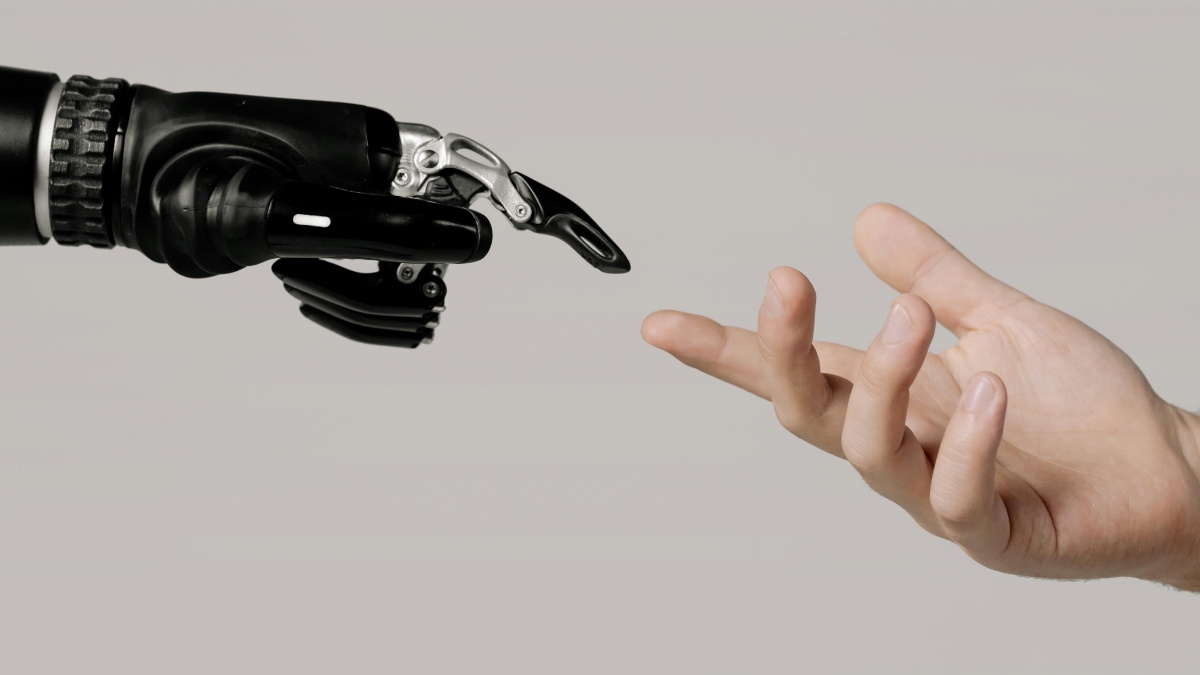When we ask “Who are you designing for? You may be thinking “the customer of course”, and to an extent that does make sense, but there is a subtle distinction between “end-user” and “customer”, and the importance of each depends on the context.
The Subtle Difference Between End-User and Customer
- End-User: The end-user is the person who directly interacts with your product or service. They are the ones who experience its usability, functionality, and overall value. Understanding the end-user is critical because their needs, preferences, and behaviours inform the design, usability, and user experience of your product or service. For example, in web development, designing a site with the end-user in mind ensures that it is intuitive, accessible, and meets their needs, leading to a better user experience.
- Customer: The customer is typically the individual or entity that purchases or commissions the product or service. Customers may not always be the end-users (e.g., a company buying software for its employees), but they are also important because they decide what gets purchased, or what features of a product or service are prioritised. Meeting customer expectations can drive business decisions, marketing, and sales strategies.
This distinction is key—end-users’ needs, goals, and skill levels often differ from those of decision-makers. Recognising this ensures we design experiences that resonate with the actual users, not just those making purchasing decisions.
Which Is More Important?
If you’re focused on product or service design, the end-user might be considered more important because they are the ones directly impacted by the experience. If the product doesn’t meet their needs, it can fail regardless of how well the “customer” thinks it will work.
However, from a business perspective, understanding the customer’s goals and needs is just as important because they hold the purchasing power and can influence product development and market success.
In essence, the end-user and customer should be seen as complementary—aligning both their needs ensures both a valuable user experience and business success.
The Key to Meaningful Design
How to Identify Your Users
Start by answering foundational questions:
- What problem are you solving? Pinpoint the needs or challenges your product or service addresses.
- Who will most likely face this problem? Define the audience most affected by the issue you aim to solve.
- How does this solution fit into their daily life or workflow? Consider the contexts and environments in which the product or service will be used.
Building a Profile of Your End-Users
Creating a detailed profile of your end-users is essential for crafting targeted solutions. This profile typically includes three core components:
- Demographics
Information like age, occupation, location, and education provides baseline insights into your audience. For instance, designing for a predominantly mobile audience requires a mobile-first approach to development. - Needs and Goals
Understanding your end-users’ functional, emotional, and social needs is crucial. Functional needs address what the user is trying to accomplish, while emotional and social needs influence how they perceive and interact with your brand. - Behavioural Patterns
Observing how end-users interact with your platform—when, how often, and on which devices—can shape decisions on structure and functionality.
Segment Your Audience
Once you have a clear idea of who your end-users are, group them into segments. Each segment represents a distinct type of user with shared characteristics, such as goals, challenges, or preferences.
For instance, a project management app might have:
- Team Managers seeking oversight of tasks and deadlines.
- Individual Contributors focused on updating their to-do lists and completing tasks.
- Executives interested in high-level performance dashboards.
Incorporating End-Users into the Development Process
One of the best ways to identify your end-users’ needs and preferences is to involve them in the design and development process. This means that you should consult them to help define the requirements, design the features, test the functionality, and evaluate the outcomes.
This is usually done through:
- Feedback Collection
Through interviews, surveys, and usability testing, we gather direct insights into user experiences. - Testing and Iteration
End-user testing and A/B testing help identify friction points and optimise interfaces. For example, observing how users navigate a prototype may highlight areas where interactions can be simplified. - Continuous Improvement
Post-launch feedback is incredibly valuable. This input allows you to refine products further, ensuring they continue to meet user needs as they evolve.
Why It’s Critical to Focus on Your End-Users
Understanding your end-users can drive tangible results such as:
Enhancing Customer Experience
- Why: Products tailored to your audience create positive interactions, increasing satisfaction and loyalty.
- Example: An e-commerce platform that understands its users might integrate personalised product recommendations and a streamlined checkout process, improving both engagement and retention.
Reducing Wasted Resources
- Why: Targeting the wrong audience can lead to wasted time, money, and effort.
- Example: Investing in features or marketing campaigns that don’t resonate with your actual end-users can result in poor adoption and financial losses.
Ensuring Your Product Meets Real Needs
- Why: Knowing your end-user helps you address their specific challenges, preferences, and goals.
- Example: A fitness app for professional athletes will differ significantly from one designed for beginners. Understanding the end-user ensures features align with their skill level and goals.
Building Competitive Advantage
- Why: A deep understanding of your end-user helps you differentiate your offering in a crowded market.
- Example: A compounding pharmacy that identifies its audience as patients with niche medical needs can tailor messaging around personalised care, setting it apart from traditional pharmacies.
Conclusion
Identifying your end-users is the cornerstone of creating meaningful, user-friendly solutions. By combining data-driven insights with direct engagement, you can align your products and services with the real needs of those who use them.
Ready to put your users at the heart of your design process?
By partnering with Greenhat, you ensure that your website will not only meet but exceed user expectations, driving your business success. Let us help you create a user experience that leaves a lasting impression.








